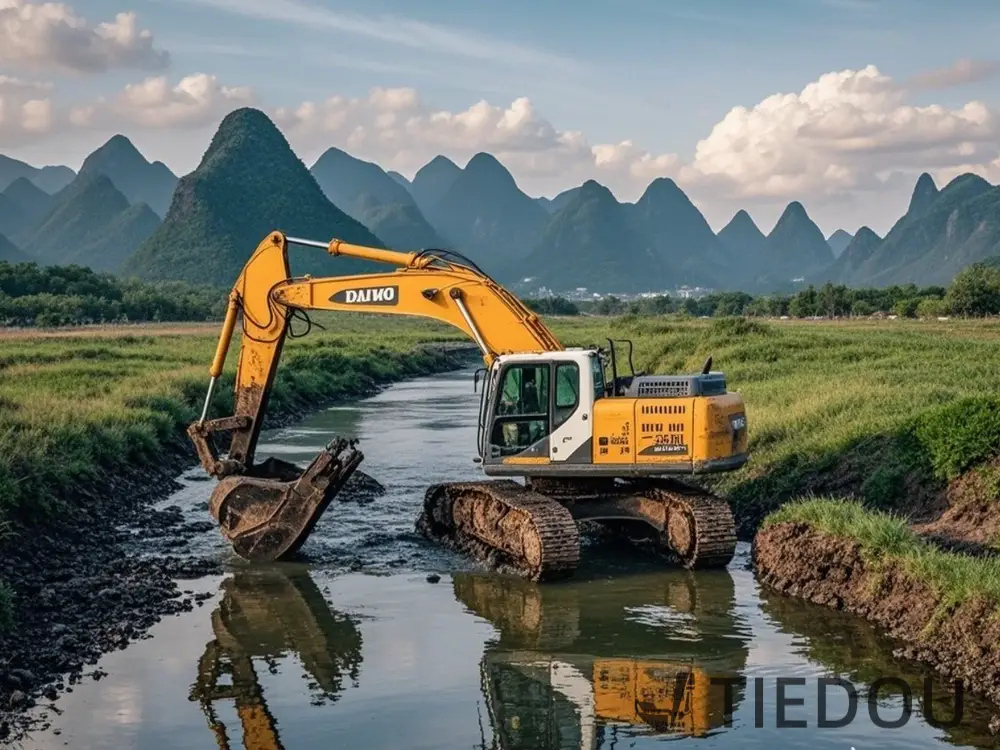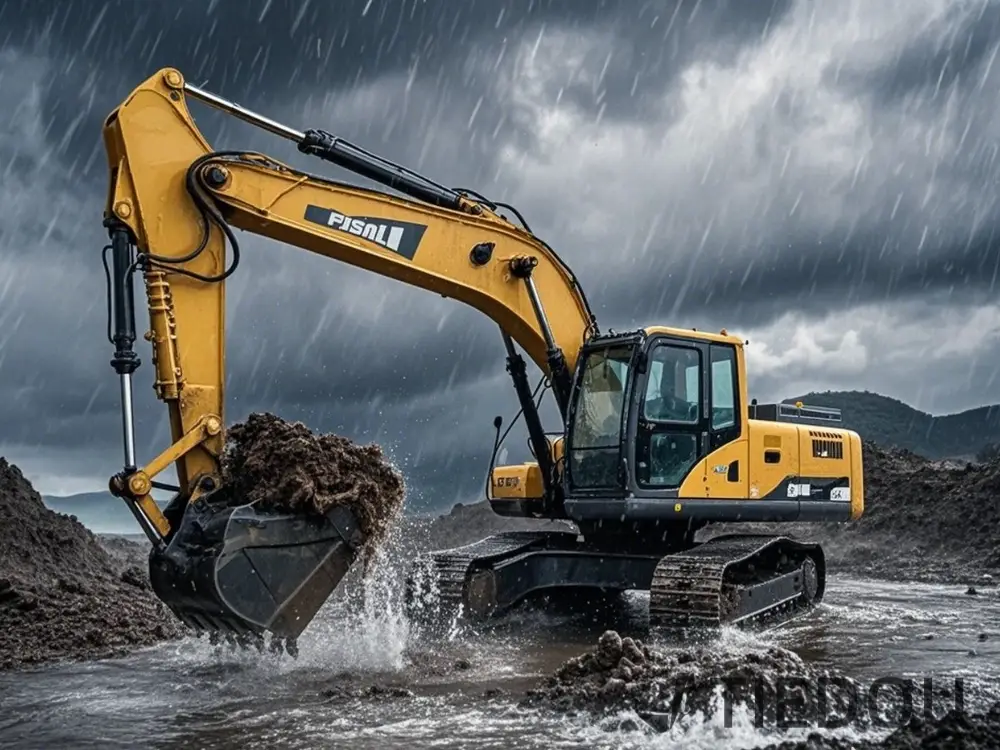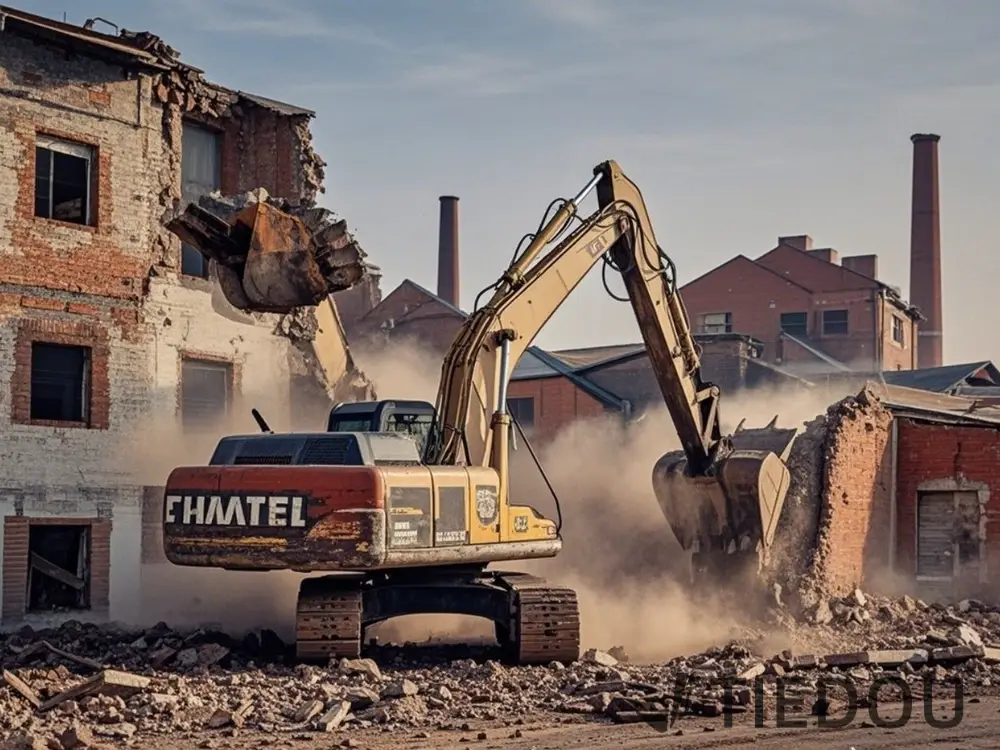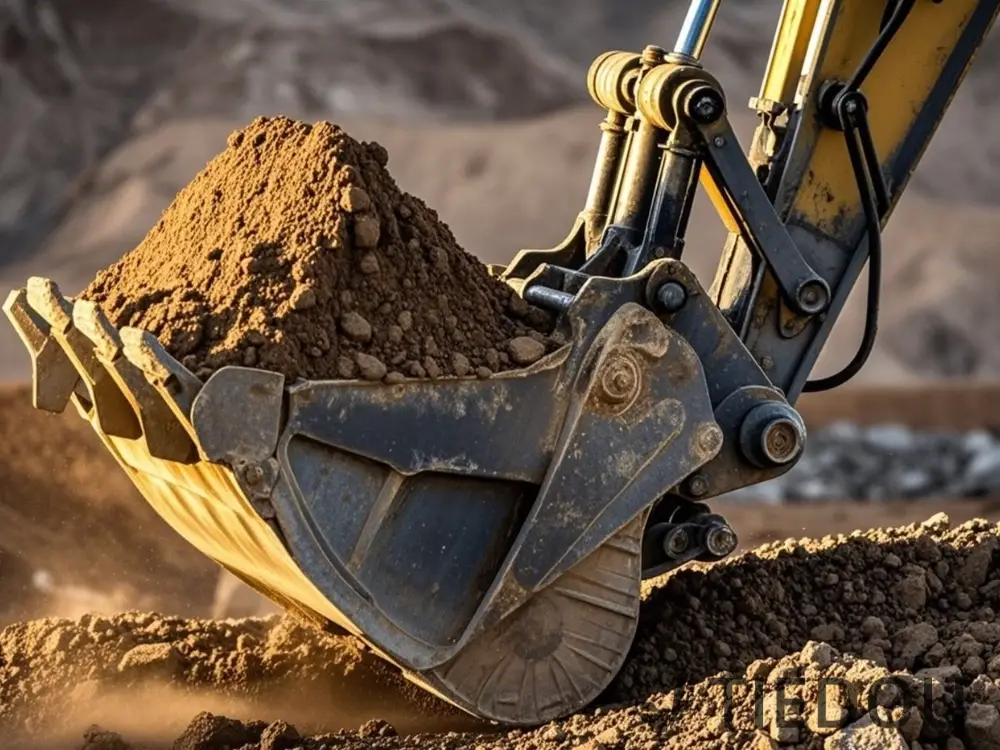In 2025, the continuous improvement of global environmental awareness has prompted countries to introduce strict environmental policies. These policies not only profoundly influence the research, development, and production of new construction machinery but also have various effects on the used construction machinery market. This article will focus on the environmental policies of major foreign countries and explore their impacts on the used construction machinery market.
The European Union: Stringent Standards Drive Equipment Upgrades and Replacements
The European Union has always been at the forefront of environmental policy - making. A series of strict emission standards implemented in 2025, such as the strict restrictions on exhaust emissions of non - road mobile machinery, have greatly compressed the living space of non - compliant used construction machinery in the EU market.
Take
excavators as an example. If the exhaust emissions of old used excavators exceed the standards, they will be prohibited from operating in specific areas in some EU countries, which directly leads to a significant decline in market demand. In order to meet the environmental standards, some holders of used equipment have to invest a large amount of capital in renovation and upgrading; otherwise, they can only choose to scrap the equipment. This makes the prices of used construction machinery that meet the environmental standards relatively stable in the market, while those that do not meet the standards face a situation of sharp price drops or even being ignored.
In addition, the EU's Carbon Border Adjustment Mechanism (CBAM) also indirectly affects the import of used construction machinery. Used construction machinery imported from countries with relatively lenient environmental policies may need to pay higher carbon taxes, which increases the import cost and reduces the attractiveness of used construction machinery imports.
The United States: Regionally Differentiated Policies Affect Market Distribution
The environmental policies in the United States vary to some extent among different states. In areas with strong environmental awareness, such as California, the emission requirements for construction machinery are extremely strict. These areas restrict the use of high - emission used construction machinery and encourage the use of clean - energy or low - emission construction machinery.
This has led to a differentiation in the market demand for used construction machinery among different states. In states with lower environmental requirements, used construction machinery still has a certain market space, and the prices are relatively stable; while in states with high environmental requirements, the prices of used construction machinery are generally lower, and the sales difficulty increases. Some used construction machinery dealers have to adjust their business layouts and shift their business focus to regions with relatively lenient environmental policies.
At the same time, the U.S. government's subsidy policies for new - energy construction machinery also encourage more users to turn to purchasing new - energy used construction machinery, further affecting the market share and prices of traditional fuel - powered used construction machinery.
Japan: Environmental Policies Promote the Export of Used Equipment
Japan has strict environmental protection laws and a complete construction machinery scrapping system. In 2025, the continuous improvement of emission and energy - consumption standards for construction machinery in Japan has made it difficult for many old used construction machinery to survive in the domestic market.
However, this has also created opportunities for the export of used construction machinery in Japan. Some developing countries have relatively lenient environmental policies and are more price - sensitive, and they tend to purchase cost - effective used construction machinery. Relying on its technological advantages and quality reputation in construction machinery manufacturing, Japan exports a large number of used construction machinery that meet certain environmental standards to these countries.
This not only solves the problem of handling used construction machinery in Japan but also brings new economic growth points for Japanese construction machinery enterprises. At the same time, due to the existence of export demand, the prices of some high - quality used construction machinery in the Japanese domestic market have also been supported to a certain extent.
Conclusion
In 2025, the environmental policies of different countries have had a wide - ranging and profound impact on the used construction machinery market. The strict standards of the European Union drive equipment upgrades and replacements, the regionally differentiated policies of the United States affect market distribution, and the environmental policies of Japan promote the export of used equipment. For the participants in the used construction machinery market, it is crucial to understand and adapt to the changes in these environmental policies. Whether they are buyers or sellers, they need to adjust their business strategies according to the environmental policies of different countries. For buyers, when purchasing used construction machinery, they need to consider whether the equipment meets the local environmental standards to avoid economic losses caused by policy restrictions. For sellers, they should pay attention to the differences in environmental policies of different countries, find suitable markets, and improve the sales success rate and prices of equipment. With the continuous improvement of global environmental awareness, the impact of environmental policies on the used construction machinery market will continue to exist and deepen.



